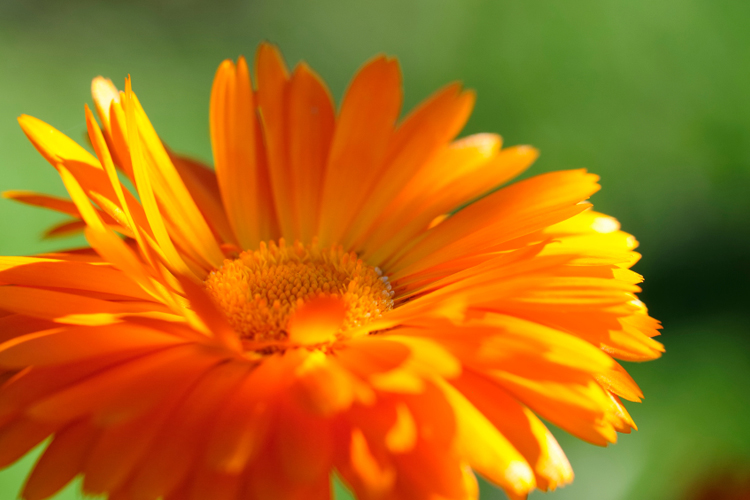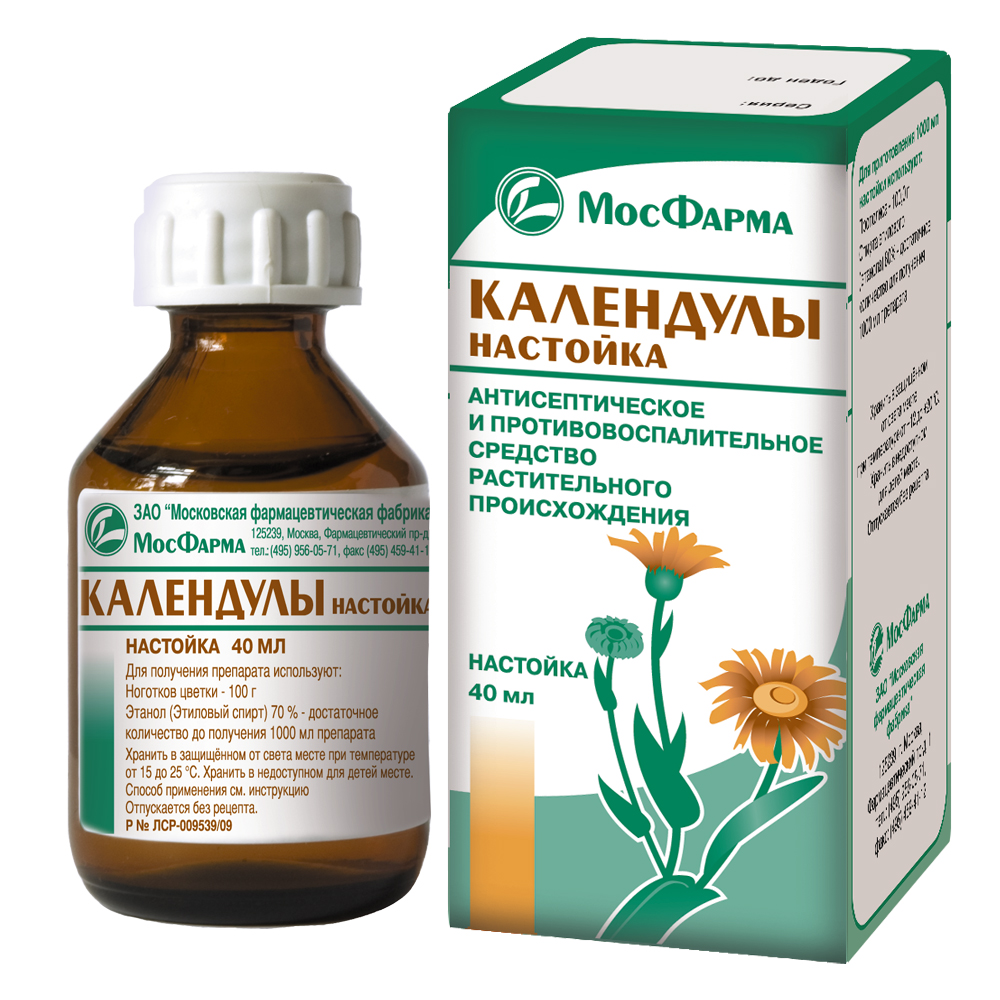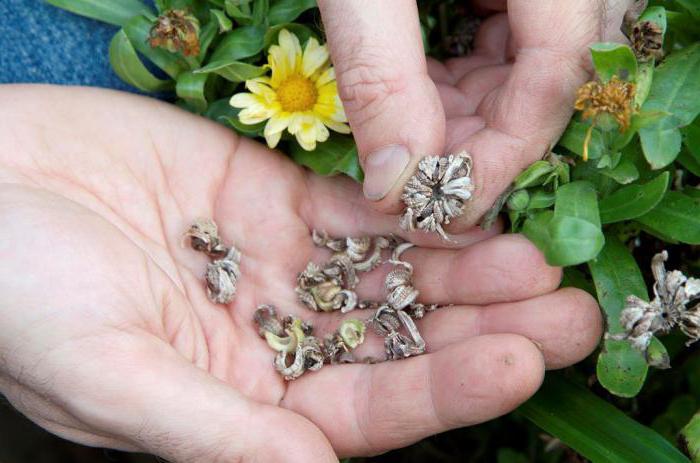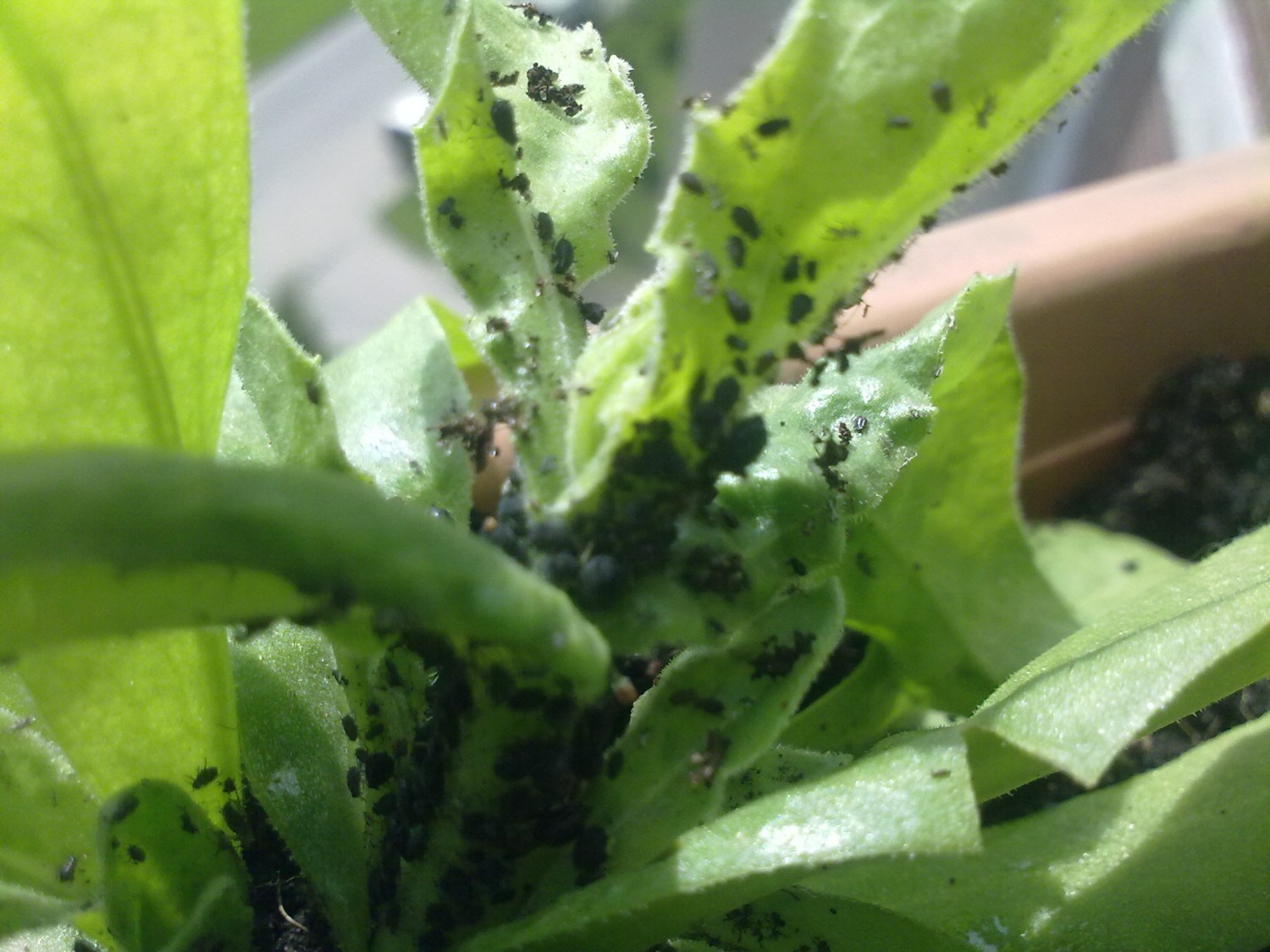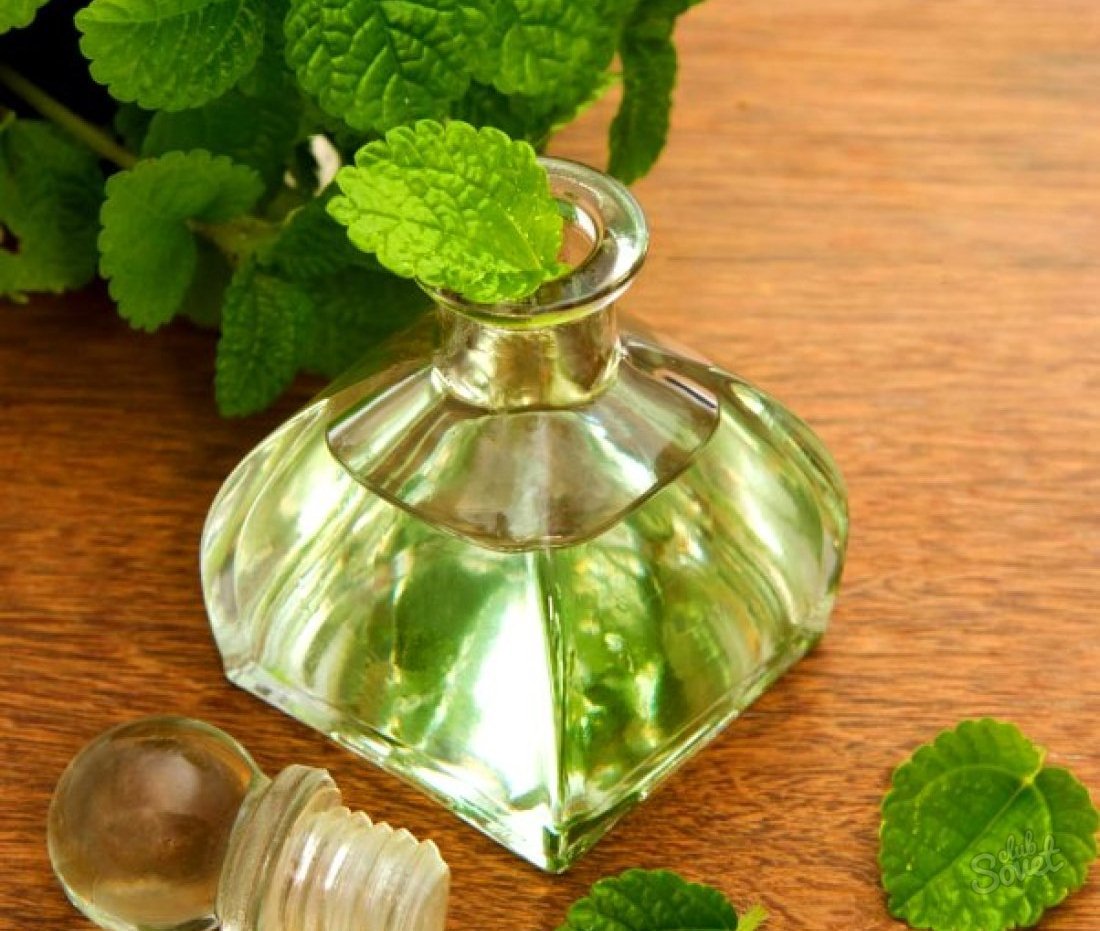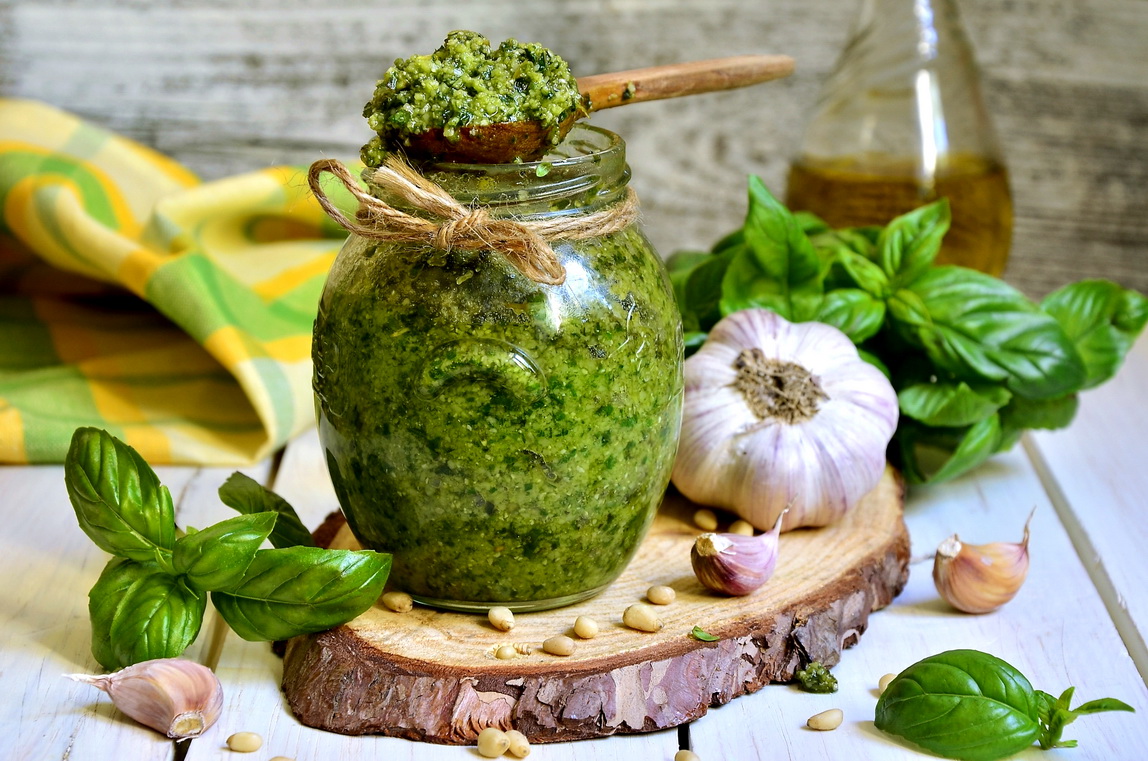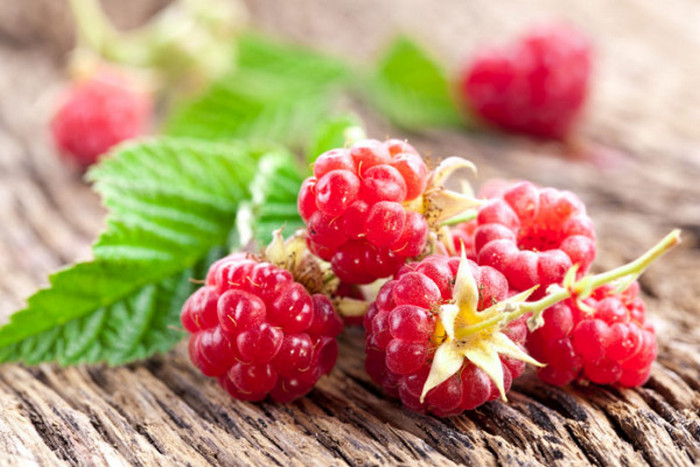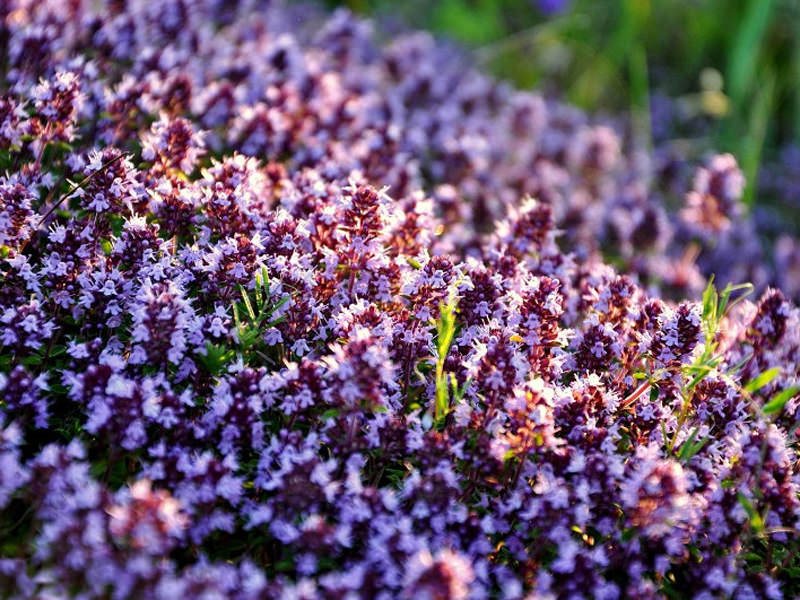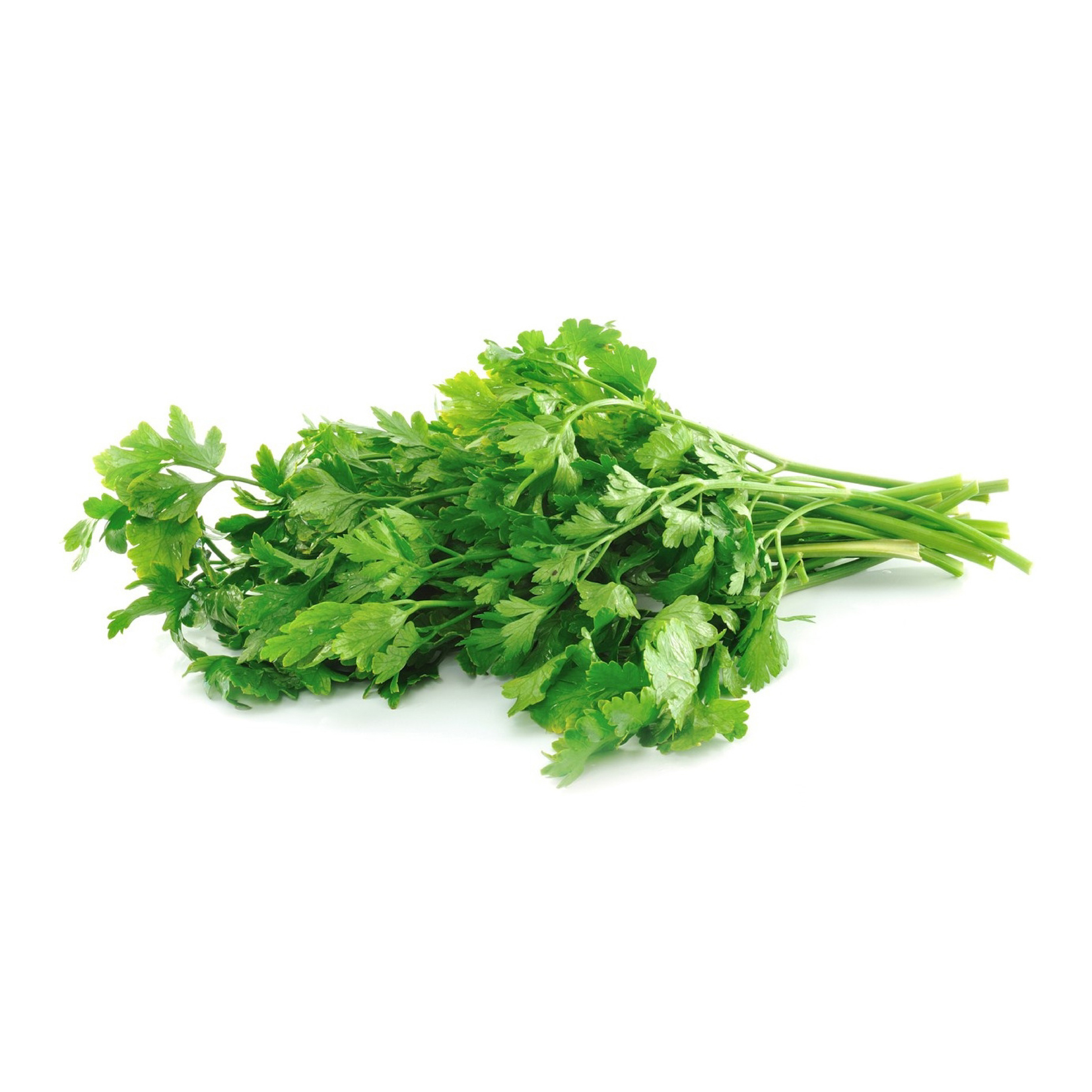Content:
Marigold flowers stand out from many other flowering plants by their combination of simplicity, unpretentious cultivation and unique chemical composition. In the common people, another, even better known name is known - marigold. The beneficial properties and uses of calendula are described below.
Calendula: general description and characteristics
What does a calendula look like? This is a miniature garden annual, the length of which varies from 15 to 75 cm, depending on the variety and species. Today, there are approximately 15 botanical plant species in nature. The most common among them are the pharmaceutical and medicinal varieties. Calendula flowers most often have a yellow or orange color, however, breeders have tried hard and today you can contemplate a diverse range of shades.
This name - "marigolds" - the flowers of calendula were obtained from the seeds, which are similar in shape to human nails.
The calendula plant has a highly branched stem with powerful and fleshy shoots. They are characterized by a ribbed surface and a rich dark green color. Calendula leaves are oblong, heart-shaped base.
Calendula herb: varieties and types
Botanical scientists today distinguish from 12 to 20 species of marigolds. Let's take a closer look at the main ones:
- Medicinal marigolds - actively reproduces in temperate climates, common in Asia, southern Europe and the Australian continent. Calendula is cultivated on an industrial scale, used as a medicinal plant, and is also in demand for the food industry. Many varieties have been bred, most of which are used for decorative purposes.
- Field calendula is a source of medicinal raw materials for the production of food products, medicines and cosmetics. It belongs to endemic plants, it grows in southern and central Europe.
- The sea calendula is not a very common species, it is endangered, it grows in the western part of Sicily, along the water bodies and the sea.
The most common representative of low-growing varieties is Fiesta Hitana. It is capable of reaching a height of only 25 cm. A characteristic feature of the variety is the formation of large double inflorescences of a rich bright yellow color. In addition to yellows, there can be two-tone, cream and orange colors.
The medium-sized varietal varieties include the Pink Surprise. The height of the stems can vary from 45 to 50 cm. A characteristic feature is the unusual pink color of flowers. The Rodion variety began to enjoy even greater popularity, and all thanks to the rich orange-red inflorescences of large sizes. The flowering period is long.
Tall varieties include the Golden Emperor - this is an ornamental variety.The height of massive stems can reach 70 cm. It cannot but attract agronomists with its large double, bright yellow inflorescences.
All of the above varieties are actively used for decorative purposes. They go well with other flowering plants in a flower bed or garden and stand in bouquets for a long time.
The chemical composition of what calendula is used for
Quite a common question, but what does calendula help from? The use of calendula in folk and traditional medicine is due to the high concentration of vital vitamins, amino acids, macro- and microelements. Not only marigold inflorescences are actively used, but also all fragments of the aerial part.
Chemical composition:
| Microelement name | Concentration (mg / kg dry weight) |
|---|---|
| Iron | 533 |
| Manganese | 85.9 |
| Zinc | 49.9 |
| Copper | 15.51 |
| Nickel | 5.68 |
| Chromium | 4.75 |
| * Cobalt *Lead * Cadmium | less than 0.1 |
Medicines based on calendula are often used as antiseptic and anti-inflammatory drugs. Can be used in the form of various plasters with extract, ointments, decoctions and tinctures.
Useful properties and contraindications
- The leaves of the marigold contain a shock dose of ascorbic acid (vitamin C), therefore, a decoction from a medicinal plant can successfully treat angina. This will require 1 cup of boiling water, pour 1 tbsp. l. dry flowers. Infuse the drink for an hour, gargle at least 1-3 times a day.
- With the help of tinctures, it is possible to effectively treat diseases of the gastrointestinal tract, for example, diseases of the duodenum, ulcers and gastritis.
- The culture is used for insomnia and nervous strain, as well as for dizziness and severe headaches.
- Using calendula, eye diseases are treated. To do this, you need to put applications (lotions) on the eyelids.
- Effectively treats diseases of the oral cavity. To do this, you need to rinse your mouth with a diluted infusion of calendula.
- Calendula is used to treat gynecological diseases. It is used in the form of douching for cervical erosion.
- It has a beneficial effect on the work and state of the cardiovascular system: it strengthens blood vessels and normalizes blood pressure.
- Effectively use to prevent the formation of tumors (benign and malignant).
- Marigold oil has a pronounced disinfecting and regenerating effect. Used for insect bites, abrasions and bruises.
- It is used for protection against ultraviolet radiation.
All products of natural origin, despite the large number of beneficial properties, can harm the body if consumed irrationally. Calendula is contraindicated for people with low blood pressure, as well as for individual intolerance to the components.
Planting and leaving
Sowing seeds in open ground
The optimal time for planting seeds in open soil is the second and third ten days of April or October. In the spring, it is best to start planting when the soil is sufficiently warmed up and dried after the melted snow.
The site must be prepared before planting. To do this, a few weeks before planting, the area where the calendula will grow is dug up, organic fertilizers and mineral fertilizers (potassium chloride, superphosphate, urea) are introduced into the soil.
It is best to sow planting material to a depth of no more than 1-2 cm, observe the interval 25-30 cm - this is if a flowering plant is grown for decorative purposes. If the task is to collect medicinal raw materials, then an interval of 7-10 cm is needed. After several weeks, the first shoots appear, which must be thinned out as needed.Excess seedlings can be transferred to another place, the plant is unpretentious and tolerates transplantation well. As a rule, subject to all agrotechnical rules, the plant begins to bloom after 10 weeks.
Sowing marigold for seedlings
In order for the culture to start blooming earlier, it is recommended to grow it in seedlings. Low-growing varieties are also recommended to be grown using this particular method. Seedlings are sown for seedlings in the third decade of March - the first decade of April. To do this, use a common container or separate cups filled with fertile soil. The depth of the seeds is no more than 2 cm, after sowing, the containers are closed with glass or a plastic bag and placed in a bright place protected from the sun. The optimum temperature for full development is + 18-20 degrees.
Seedling care
As a rule, the first shoots appear after 6-8 days. As soon as they "hatch", the temperature must be lowered to + 14-15 degrees. Caring for the plant at this stage of development consists in regular and moderately abundant watering, applying a complex mineral fertilizer at intervals of a week or two. The time to dive seedlings is suitable when two full-fledged leaves are formed.
Planting seedlings in open soil
The optimal time for planting seedlings in open ground is mid-May. By this time, seedlings should have developed 5-6 true leaves. Calendula is an unpretentious and frost-resistant plant, but, despite this, it is better to harden the seedlings before planting in open soil. A week before planting containers with plants are periodically taken out to fresh air, and the duration of the "walks" is gradually increased.
The plant readily grows in sunny areas, but the soil must be nutritious, moist and moderately drained. Experienced agronomists plant plants between garden crops, which protects them from pathogenic and pathogenic microorganisms, insects. But you should first familiarize yourself with a possible combination of crops with calendula, for example, a growing marigold nearby slows down the growth of basil and radish. This must be taken into account when choosing a site.
Planting calendula in open soil is carried out according to a scheme that is similar to sowing. Marigold bloom begins 40-50 days after sowing.
Calendula care
The plant is unpretentious in care, it will not take away much effort or finance. Agrotechnics are ordinary: watering, loosening the soil, weeding and applying fertilizers. But growing a marigold has one feature: to prolong flowering, it is necessary to cut off the reed flowers, which have taken a horizontal position. This procedure activates the process of forming a large number of buds.
Diseases and pests
Calendula can be infected with fungal diseases such as powdery mildew or black spot. From the latter, spots of dark brown or black color begin to form on the leaves. Powdery mildew covers the aerial part of the plant with a white veil - a bloom that turns brown as the disease progresses. Insignificant damage by these diseases leads to the loss of not only decorative qualities, but also cold resistance. For treatment, it is necessary to immediately spray the culture and its peri-stem circle with solutions of fungicides.
The main reason for the development of diseases is excessive soil moisture and plant thickening.
Of the pests for calendula, aphids are the most dangerous. The rest of the insects do not like it because of its specific aroma. The advantage of staying calendula in a summer cottage is that it collects all the aphids on itself, that is, it takes the whole blow on itself. You can fight insects using popular insecticides, for example, Antitlin, Akarin, Biotlin and others.
Knowing what calendula is and how to use it, you can get tremendous benefits. This is a unique garden plant that not only decorates household plots, but with the right approach can have a very beneficial effect on the human body. The plant is used to treat diseases of the digestive tract, cardiovascular system and organs of vision, due to its antiseptic effect, it is used to treat wounds and abrasions. With the right approach, she is also able to benefit her neighbors in the garden, repelling pests. Before growing calendula, the agronomist is advised to first familiarize himself with its varieties and cultivation features.
